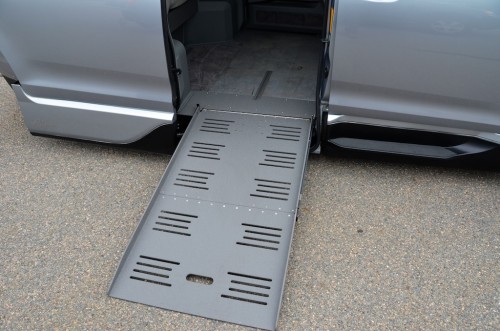Natural disasters can take place at any moment and can come in any form from floods, severe weather, earthquakes and more, yielding unfortunate outcomes without warning. Being prepared can save lives and planning is important; know who will help you if you need assistance or if you need to evacuate.
Be Informed
Ensure you have the proper equipment to stay up-to-the-minute on breaking news and changing weather patterns. You may need a radio for this, specifically one that runs on batteries so be sure you have extras. Know when, where and what local branches of organizations like American Red Cross, have planned in your specific location, and find out how they can help. Also, ensure you can maintain contact with those outside of your home, having a phone car charger and jumper cables could be essential.
Make a Plan
For people with mobility challenges, assistance can be crucial.
If are a caregiver, or if you have assembled a “Help Team” to assist a person in need:
- Be helpful in letting others know exactly what you need and when you need it.
- Contact family, friends, neighbors or social service agencies if and when possible.
- Try to have someone available who can lift and carry heavy objects such as wheelchairs or other medical equipment.
- Give at least one other person a key to the person’s home.
- Each team member should have the contact information for the others.
- Name a substitute caregiver in case the original is unavailable.
Develop an evacuation strategy with your “Disaster Team,” and consider the following:
- Where are the closest special needs emergency shelters and what are the different routes you can take to reach them?
- What supplies must you take with you that are used every day?
- Whom should you inform that you are evacuating?
- How much gas do you have and how much will much will you need? Be sure to keep your vehicle’s gas tank over 1/2 full at all times.
Make a Kit
Assemble your kit well in advance with the help of a list and be sure to include:
- Water – Keep one gallon of water per person (and per pet) per day for at least three days. Make sure you replace the water every six months.
- Food – Keep at least a 3-day stock of non-perishable food that requires little cooking and no refrigeration in a safe place. Include a manual can opener and eating utensils.
For those with mobility disAbilities:
- Pair of heavy gloves to use while wheeling or making your way over glass and debris
- Extra battery for your motorized wheelchair or scooter
- Jumper cables or specific recharging device to be connected to an automobile’s cigarette lighter
- Patch kit or can of “seal-in-air product” to repair flat tires
- Spare cane or walker
- Food, medicine, favorite toy, and other care items for your service animal
- Plastic bags, disposable gloves, and other items for the animal’s care
Find out if you qualify for assistance and fill out a form in advance to ensure your safety should the need arise. And be aware of FEMA resources in your area, including their capabilities and the best way to reach them.


